How to use Accent Colors like an Expert
Accent colors are like accessories of the home. If you make little updates in your accents and know how to do that, you can create a whole different ambiance.
I want you to be sure about what is accent colors exactly. Accent colors are colors that are used to complement your house color scheme.
These colors are used to emphasize, creating contrast and rhythm in your space. That is why you need to use them as an expert to create balance in your room colors.
Don’t worry; this is not that hard. I always suggest choosing primary colors in neutral colors. It is the safest approach when creating color palettes—after that, adding primary and secondary accents will lead you to succeed.
Accent colors of a room are where you need to be creative and add your personality. The best way to use these colors is in your home accessories, accent wall, or adding with a side chair.
Don’t forget that it doesn’t matter if it is a secondary or primary accent; it needs to be repeated at least 2-3 times in your room to an accent color.
In your artwork, pillowcases, or rug, we need to be aware that you are consciously adding the colors.
I want to talk about how you can confidently create accent color combinations and use a color wheel to choose unique accents to your home.
Even if you are a creative person, getting inspired by other people makes you think differently. So follow up these Color Schemes for Home to get your daily inspiration.
[lwptoc]
# Neutral Colors and Accent Options
Neutral colors are like a sympathetic person. They get along well with everyone, just like neutrals working cohesively with every hue.
I recommend using neutral colors as primary hues in your room to be flexible in your accent choices, and it is effortless to change accents to refresh your interior.
When you want to choose an accent to any neutral, there are some easy tips that you can use and find the best color for your home.
Tip 1
I offer you a two-way solution to perfectly match neutral and color for accent combination.
If you dont want to pop up your accent colors and want to create smooth color transitions, you need to work the same undertones in colors and neutrals.
For example, you have lots of warm colors in your room then work with some warm undertoned neutral colors as your accent.
If you want to create exciting and noticeable accent color combinations, pick opposite undertones between neutral and the color.
For example, grey is a neutral color that is on the cool side most of the time. The accent colors for grey needs to be a warm hue, such as yellow if you want exciting space.
Tip 2
Always incorporate with different shades in your neutral accent color combinations. It doesn’t matter to use just neutral color combinations on your accents or combine it with some colorful options.
You need to work with various shades.
If your first accent color decisions are to use dark hues, you need to balance it with some lighter shades.
Let’s say you have a black console table. You decided to paint behind it with a green accent wall color. Look at the picture below and tell me which one do you prefer?
You may have preferred the darker accent wall color—no accounting for taste. But if you balance darker and lighter shades in your room color palette, you have a better chance to love and succeed it.
Here are some neutral color combinations that you can use as your home accent colors;
- Caput Mortuum Brown, Melon, and Blanched Almond for warm undertone combos.
- White, Charcoal, and Orange-Red for opposite undertone combos.
- Black, Queen Blue, and Light Steel Blue to use different shades.
# Complementary Accent Color Combinations
Using basic color theory will take your color combinations to a whole different level. It allows you to match color easily and create harmonious accent combinations.
You just need a color wheel (download here).
There are some basic methods to combine colors by using the color wheel, and the first one is using complementary colors.
Complementary colors are referred to as the usage of opposite colors in the color wheel. When you use them, they will naturally create a mood because if one is warm, the other will automatically be the cool side color.
Orange and blue colors are a great example of the colors that complement each other.
The only thing you need to be careful about when you are using complementary color is to use one color in saturated and the other one muted.
Otherwise, both hues will try to dominate your color scheme and create chaos.
# Monochromatic Accent Combinations
This color combination is perfect for those who dont like color mixtures.
Monochromatic accent color combinations are about using only one color in various shades and tints.
I wouldn’t recommend using monochromatic accents in every room. Because you use just one color, it can bore you easily, and you need to use lots of texture and details to make it look interesting.
The best place to use monochromatic accents is bedrooms.
One more thing, the critical point of choosing monochromatic accent color is to stick with that color family.
If you want to use yellow, first you need to decide it is a yellow-green or yellow-orange. Then you can use different shades of the color you pick.
# Analogous Accent Colour Combinations
To create analogous color schemes for your accents, choose colors closer to each other in the color wheel.
Try to pick three nearest colors because if you select two colors, you can’t feel that they are analogous. It can feel like random choices.
When picking three colors as an accent, you need to define one of them as your main accent. That means you are going to repeat it more than others.
If I were you, I would pick the color in the center of my analogous color combinations as my main accent.
Now you know how to create accent color combinations in different ways. This is your time to start designing.
Start with deciding what color will look best with your neutral color in your room and then choose one of these color combinations to add more colors.
When you find the best accent colors for your room, use the colors at least 3 times. You can use it either in your rugs, pillowcases, home accessories, or accent wall.
New colors will refresh your whole room ambiance.
Where do you want to use your accent colors?


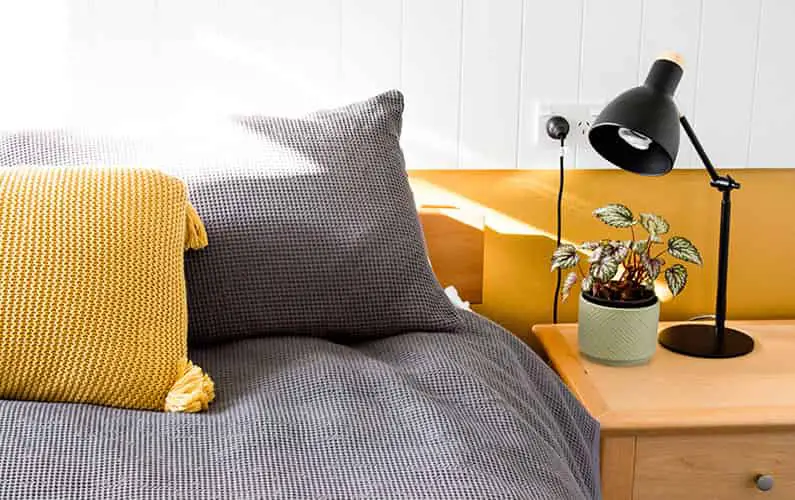



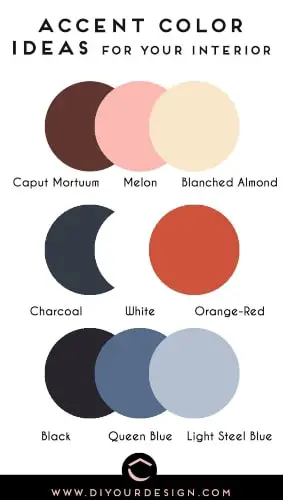
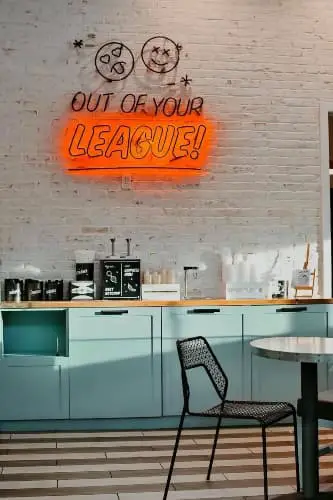

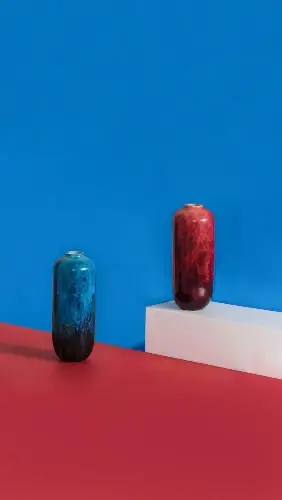


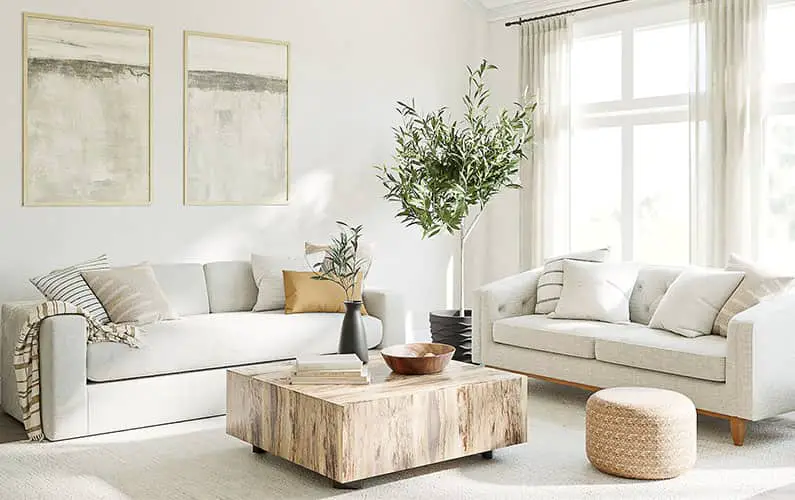


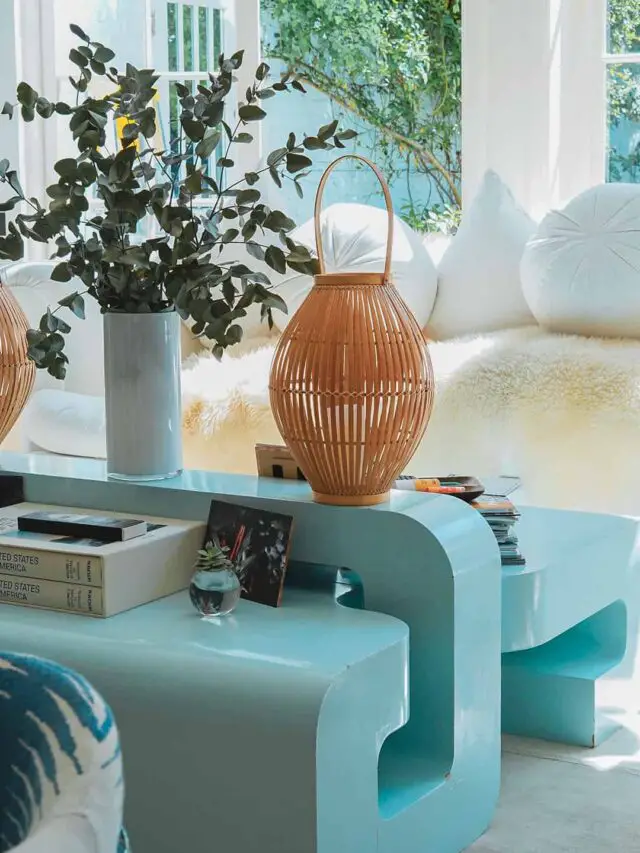
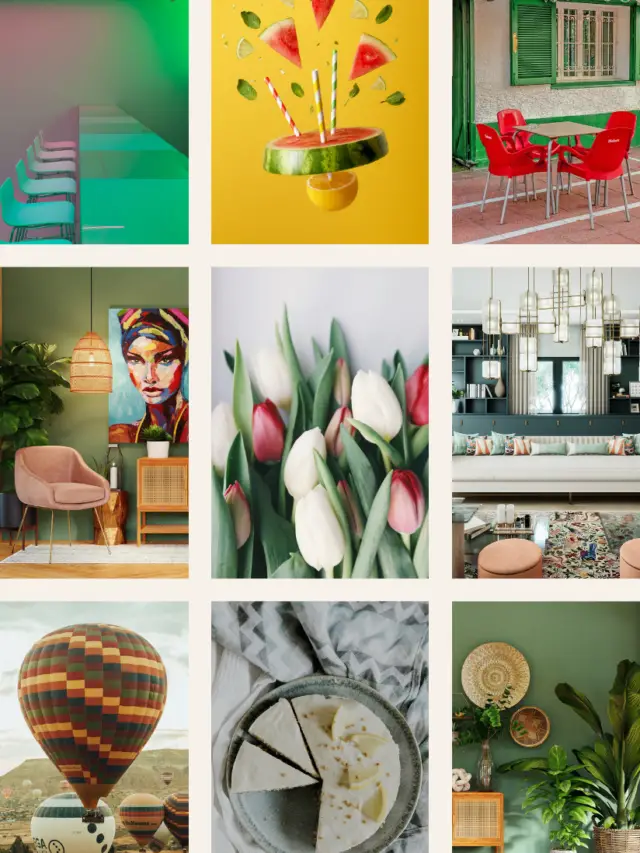
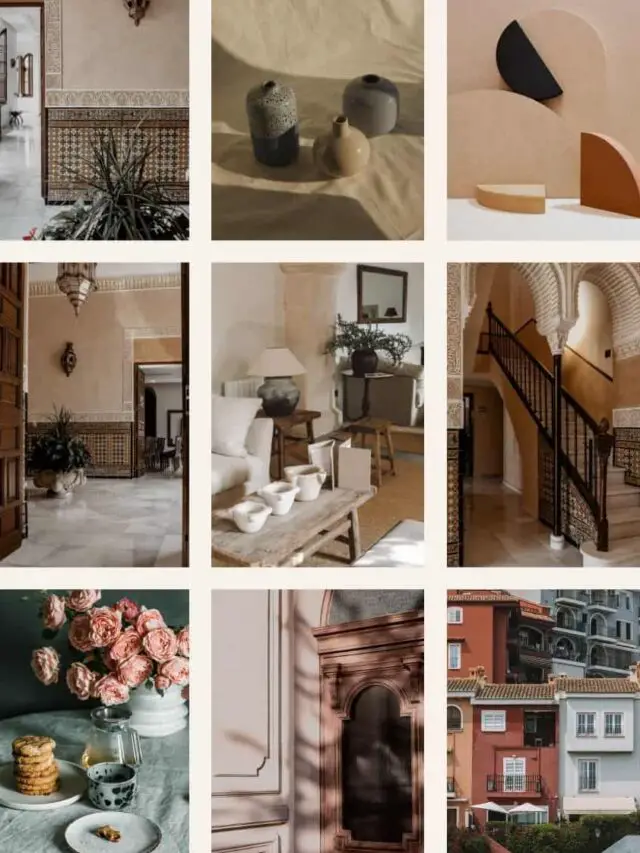
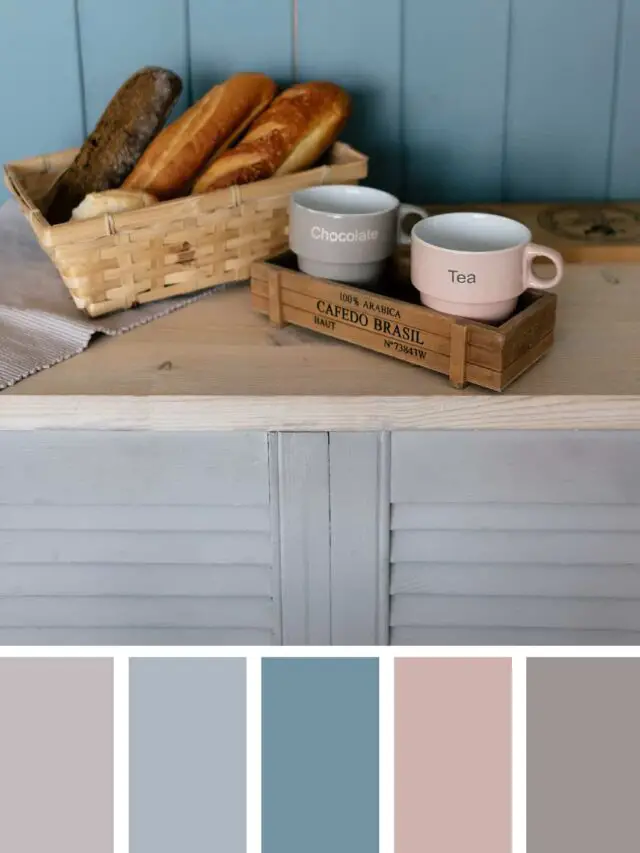

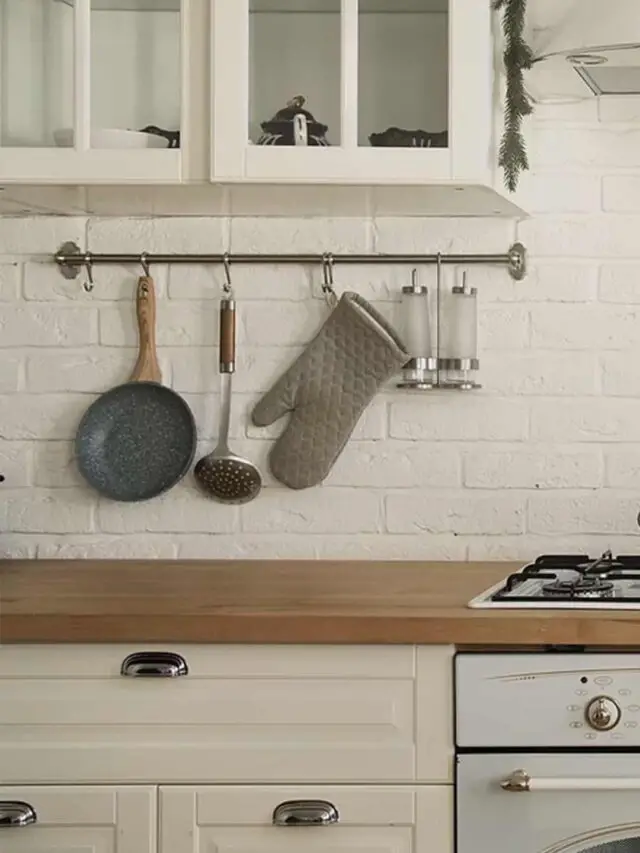
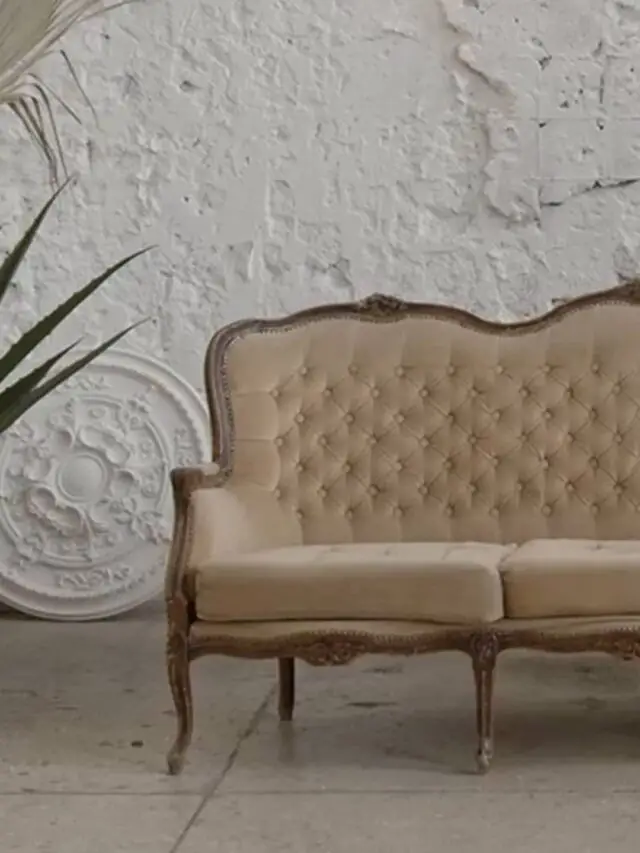

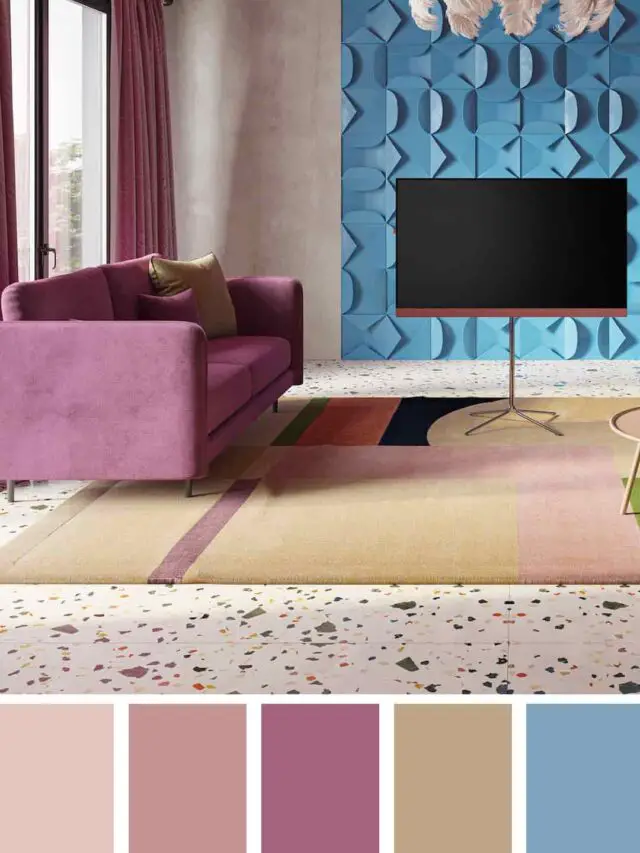

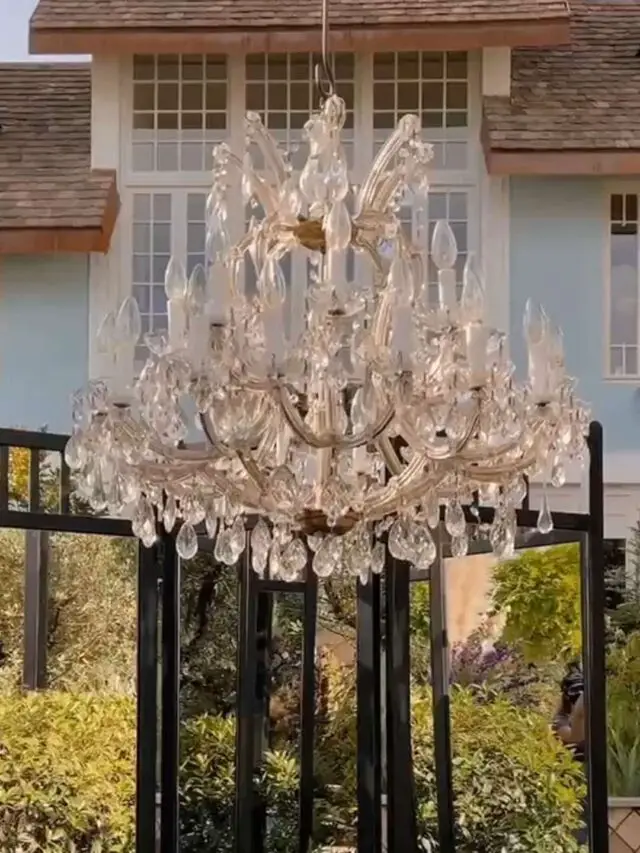
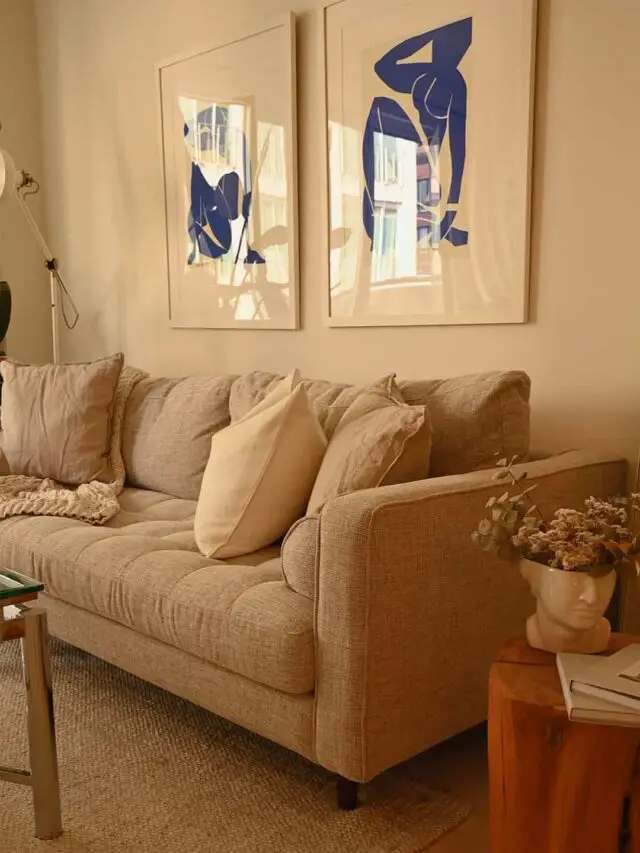
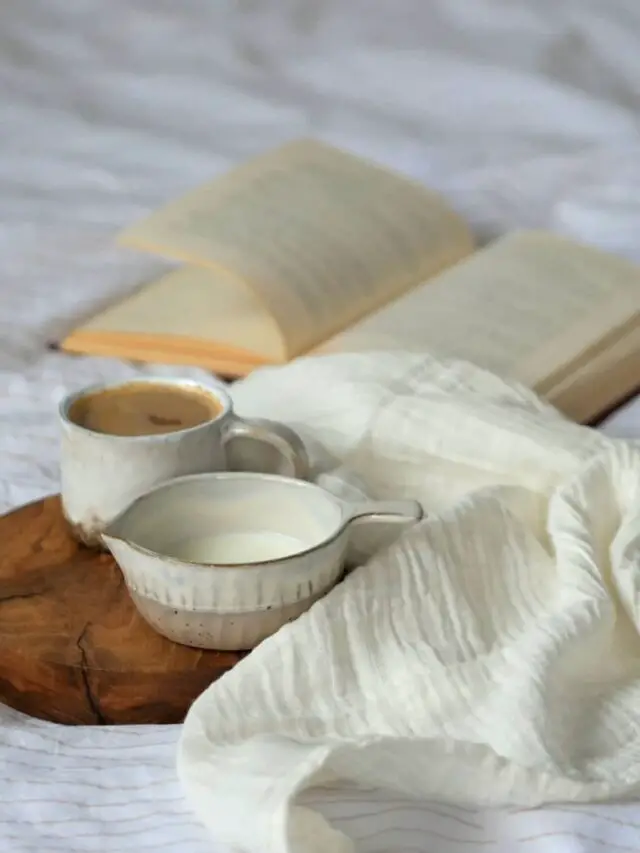
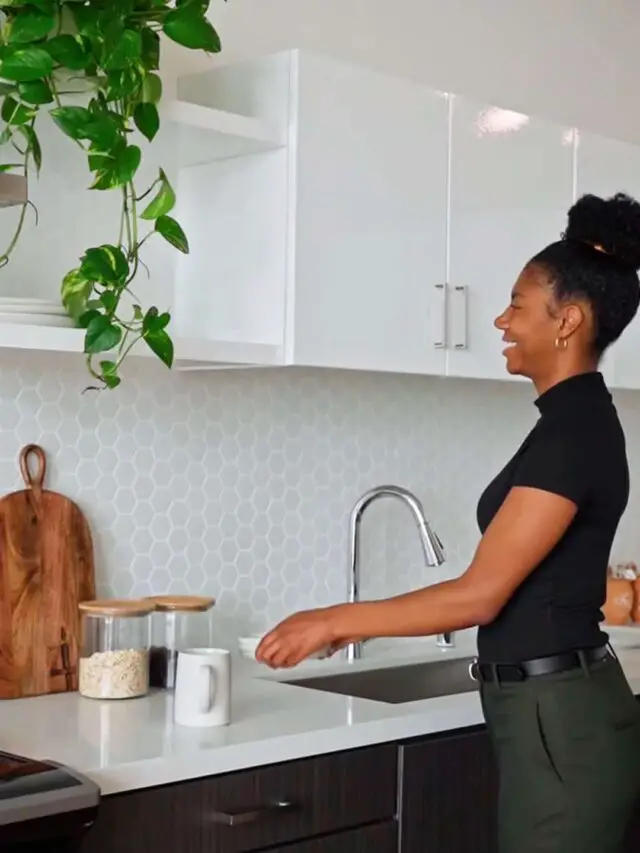
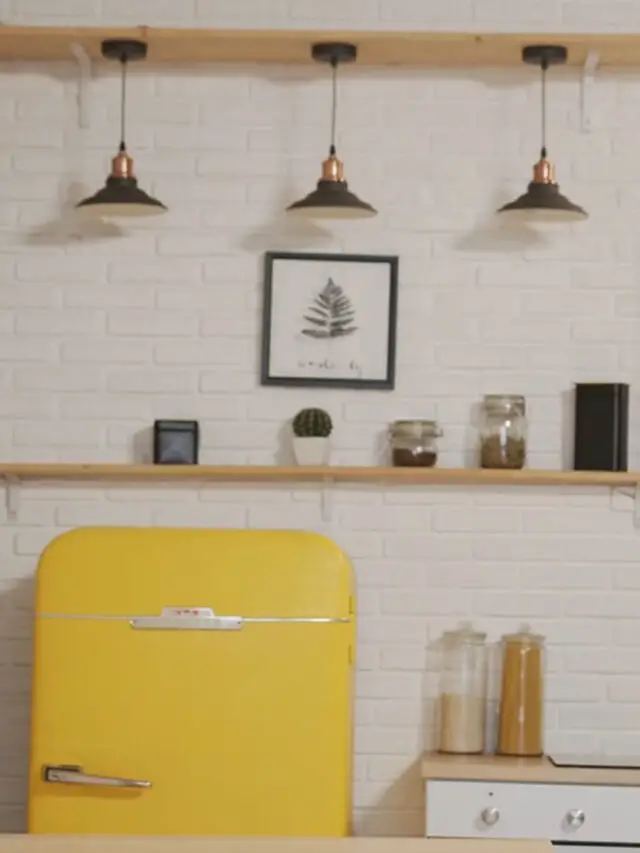
0 Comments